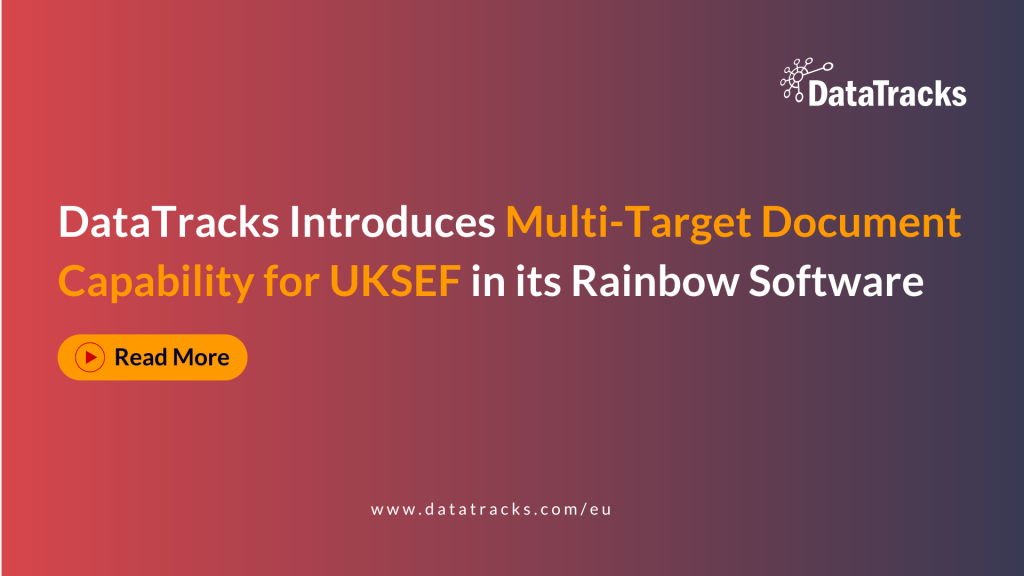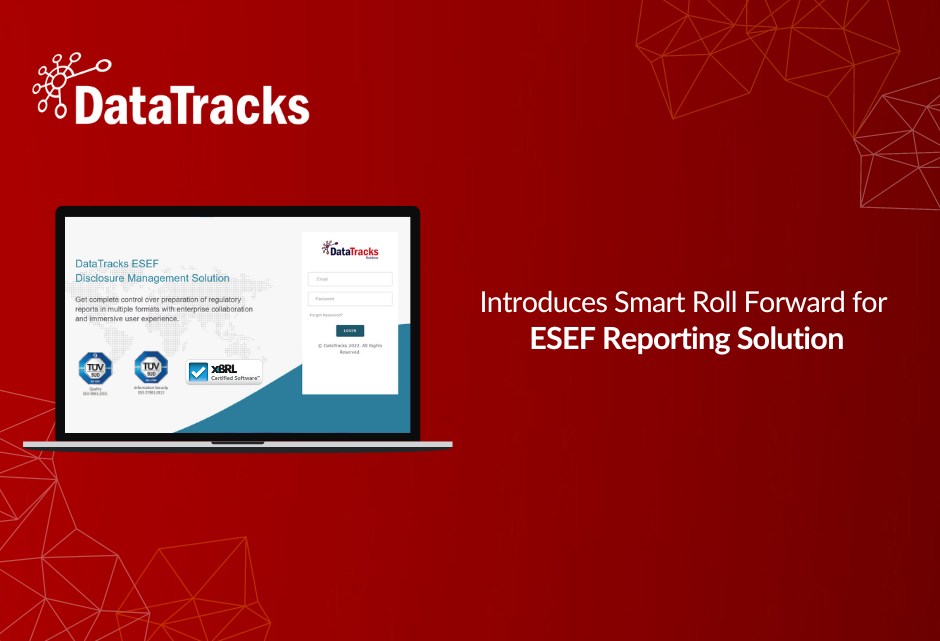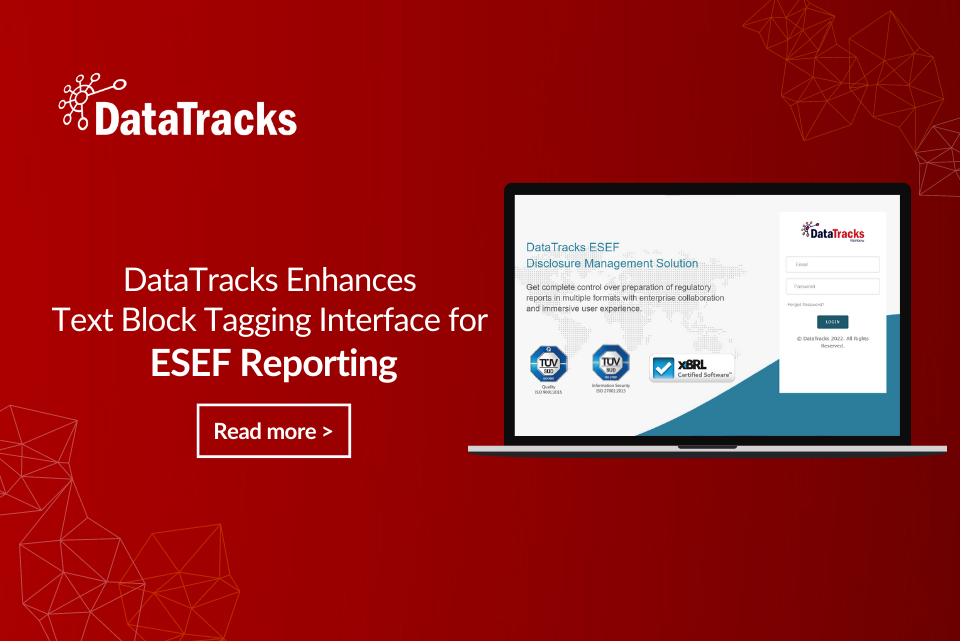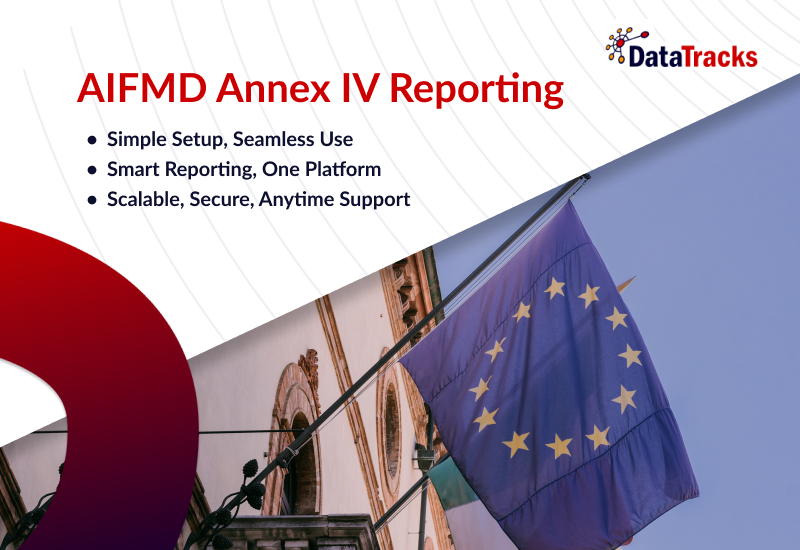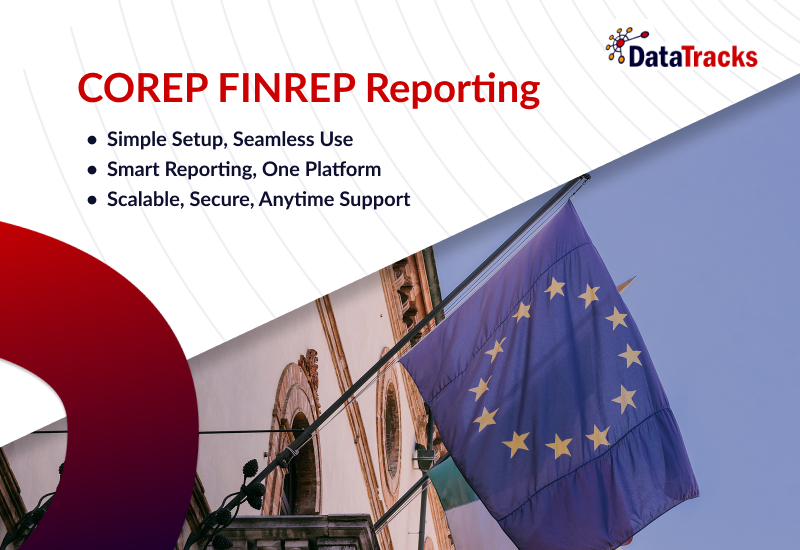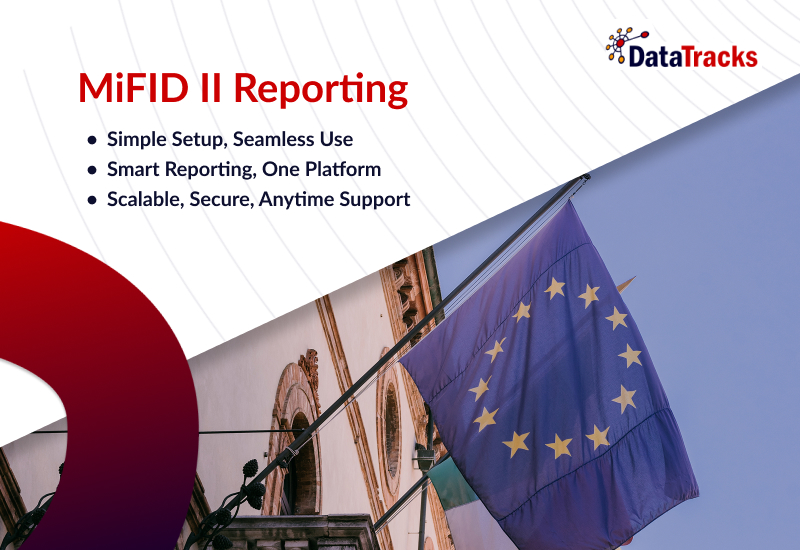DataTracks Glacier for Solvency II Reporting
DataTracks Glacier for Solvency II Reporting
Solvency II Framework
Solvency II is a risk-based capital regime based on three pillars:-
- Pillar 1 – includes the calculation of liabilities and risk-based capital
- Pillar 2 – comprises a supervisory review process for the measurement of risk, against which capital must be held
- Pillar 3 – focuses on disclosures, reporting and transparency requirements of the risk and capital requirements
Due to the simplicity of the regulatory framework for the insurance market, a lack of an economic risk-based approach and differences in implementation across the EU, the existing regulatory regime needed to be revised
The Need for Solvency II Pillar 3
The Previous Solvency II framework had several shortcomings and loopholes, which resulted in some serious challenges for the supervision of the insurance industry. Considering this, EIOPA (European Insurance and Occupational Pensions Authority), the supervisory authority and financial regulatory institution of the EU, introduced the new solvency requirements with a stringent regulatory framework, to ensure that insurers have sufficient capital to withstand adverse events, both in terms of insurance risk (as under the previous regime), and now also in terms of economic, market and operational risk.
Solvency II Pillar 3 Mandate
As of January 2016, due to the Solvency II mandate, insurance and re-insurance companies across the European Union and the UK have been required to submit detailed financial information reports, in XBRL Format (eXtensible Business Reporting Language), to their national supervisors, as per the requirements laid down by EIOPA.
When Solvency II Pillar 3 Reports be Filed?
The reports must be filed on a quarterly and an annual basis. The submission deadline for quarterly submissions is usually around 40 days from the end of the reporting period. For annual submissions, it is 90 days from the end of the reporting period.
Challenges Faced in Solvency II reporting
Lack of Preparedness
The lack of regulatory readiness among insurers has made it extremely challenging for insurance companies to have a well-rounded understanding of the Solvency II framework. Companies should focus on the technical instructions for calculating the data, consistency of the reported data, and reviewing of the prepared reports before the submission is made.
Data Granularity
Preparing and collating data, down to the finest detail, has been a challenge for insurance companies, as the quantity and granularity of the annually reported Solvency II information required by EIOPA is essential. Businesses need to ensure that the final data populated in each of the reportable templates is valid. Data must be correctly represented in XBRL format, as per the rules put forth by the respective national regulators.
Budget Constraints
Complying with every requirement of the Solvency II framework and regular taxonomy updates requires significant investment in IT and staff resources, which can become a hefty investment very quickly.
Getting Information from Multiple Sources
A significant challenge faced by insurance and re-insurance companies is that the source data required for generating different templates in regulatory reports is scattered across many different systems, business units, and even regional locations. The final report that should be submitted to the regulator must be in XBRL format (a machine-readable format). Insurance companies must ensure that their data is correctly represented in XBRL format.
How DataTracks helps
Error-free Reports
Through leveraging of robust validation mechanisms, audit trail and rigorous quality checks, the Solvency solution offered by DataTracks generates error-free reports. Furthermore, because the Solvency II Pillar 3 reports are required to be submitted quarterly, in addition to quality and error-free reports, DataTracks also ensures that stringent timelines are met.
End-to-end Standard Solvency II Solution
For regulatory and statistical reporting, DataTracks offers an error free end-to-end solution with flexibility in terms of data entry and user collaboration.
Agility and Quality
Our solution is frequently updated according to the releases by the regulatory body. The highly experienced XBRL Experts at DataTracks ensure that clients comply with the regulatory rules.
Data Security
The DataTracks Solvency II solution boasts a granular audit trail and role-based user access privileges, which means your data is hosted on a secure EU cloud.
Flexible Pricing Model
The pricing model of the DataTracks Solvency II solution can fit almost every budget
DataTracks Glacier
Our advanced cloud-based solution is designed to streamline regulatory reporting in complex formats such as XBRL and XBRL-CSV. Built to support multiple global regulations, the platform ensures that your filings meet the exact requirements of local regulatory authorities quickly, accurately, and without hassle.
Why Choose Our Solution?
- Cloud-Based Platform: Access from anywhere, anytime
- End-to-End Automation: Minimise manual work, maximise efficiency
- Excel Upload: Simple and familiar input method
- Built-In Validation: Spot errors early with smart checks
- Jurisdiction-Specific Output: Tailored for local regulatory bodies
- XBRL & XBRL-CSV Output: Generate validated reports with ease
- Auto Taxonomy Updates: Stay compliant without manual updates
- Up-to-Date Validation Rules: Always aligned with regulatory changes
- Multi-User Access: Collaborate across teams
- Role-Based Permissions: Assign reviewer and preparer roles
- Lightweight & Fast: Designed for performance and speed
- Dedicated Product Support: Expert help when you need it
Featured Content
What is ESEF Reporting?
ESEF stands for European Single Electronic Format. It is a new reporting format for public companies in the European Union that requires them to publish their annual financial reports in a single, electronic format. ESEF is designed to improve the transparency and comparability of financial reporting across the EU.





